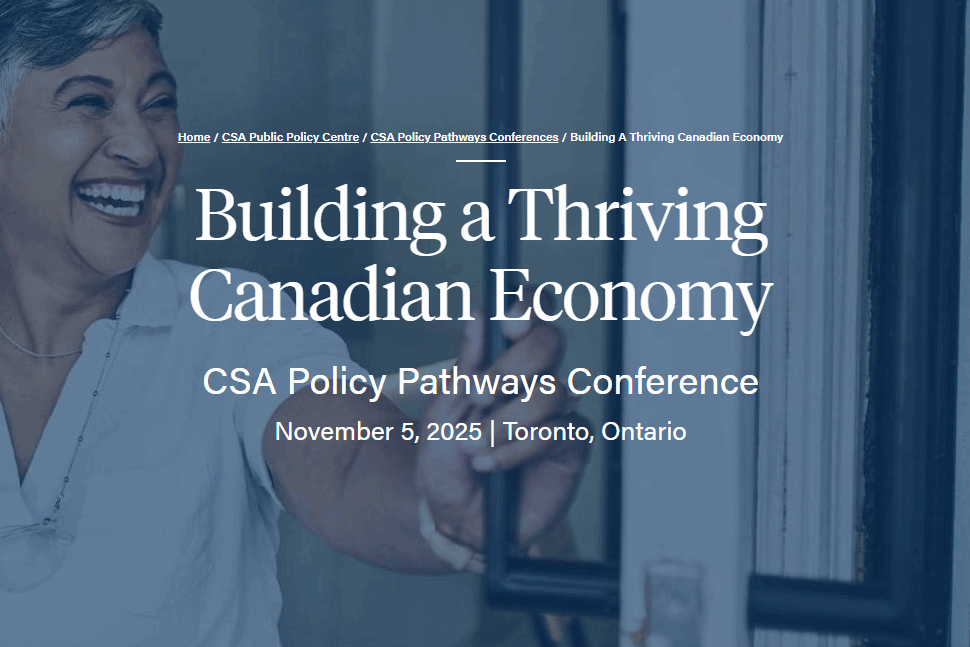TORONTO, Apr. 4, 2024 –Social Capital Partners (SCP) today released a new report documenting how wealth inequality in Canada is far closer to the inequality that exists in the United States than official statistics claim.
The report, entitled “Billionaire Blindspot: How official data understates the severity of Canadian wealth inequality”, critically analyzes Canada’s flagship wealth survey, the Survey of Financial Security (SFS), and outlines how its methodological shortcomings lead to significant underreporting of wealth inequality.
“Wealth concentration is getting worse in Canada, just like in the U.S. The difference is that Americans have the data they need to accurately understand, discuss, and propose solutions,” explains the report’s author and SCP’s policy director, Dan Skilleter. “StatsCan has already acknowledged the need for better data, and we hope that this report will encourage them to act on our recommendations, ensuring a more accurate understanding of wealth inequality in Canada.”
The report concludes that the top 1% in Canada own 26% of all wealth, and the top 0.1% own 12.4% of all Canadian wealth. These numbers are significantly higher than official estimates and are much closer to U.S. levels of wealth inequality than previously understood. The report concludes that the American survey, the Survey of Consumer Finance (SCF), does a much better job of measuring reality and presents a series of recommendations to improve the Canadian survey.
“Deep wealth inequality corrodes democratic societies and threatens economic resilience,” said Matthew Mendelsohn, CEO of Social Capital Partners. “The misleading portrait of wealth inequality in Canada undermines our ability to have an evidenceinformed debate about how to address growing wealth concentration. Canadians are telling ourselves a story about wealth inequality that is fundamentally wrong.”
“Wealth concentration is getting worse in Canada, just like in the U.S. The difference is that Americans have the data they need to accurately understand, discuss and propose solutions.”
Share with a friend
Related reading
Hype or help? Can crypto and stablecoins solve economic inequality?
Some cryptocurrency advocates are promoting the use of stablecoins as a common currency, arguing that this new currency could help the cost-of-living crisis and promote economic equality – particularly for young people. Law professor, money expert and SCP Fellow Dan Rohde is not convinced that crypto can help address economic inequality. In this explainer, he breaks down what stablecoins are and aren’t, and how to think critically about their promises.
Building a thriving economy: CSA Policy Pathways Conference
The CSA Policy Pathways Conference convenes leaders, thinkers and changemakers across government, business, community and academia to confront the pressing questions shaping our economic future. How can we build resilience in the face of global uncertainty? What will it take to unlock innovation and ensure its benefits are broadly shared? How do we design policies that promote competition, inclusion, and financial security? Join us on November 5, 2025, in Toronto, as we explore how we can take bolder steps toward a more resilient, innovative and equitable economic future.
Budget 2025 should bolster employee ownership to strengthen Canada’s economy | Canadian Dimension
Budget 2025 offers Canada a chance to make employee ownership permanent by extending tax incentives for employee ownership trusts (EOTs) and worker co-ops. In Canadian Dimension, Simon Pek, Lorin Busaan and Alex Hemingway write that doing so would boost productivity, reduce inequality and secure business succession, while keeping jobs and decision-making local. A modest investment promises significant economic and social dividends.


